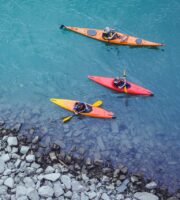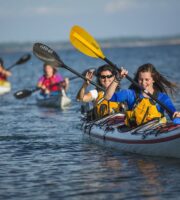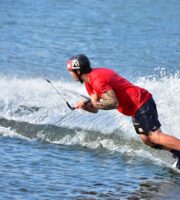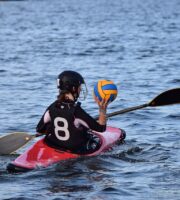Understanding the basic principles of canoe stability is crucial in preventing your canoe from flipping. Stability depends on several factors such as the shape, width, and length of the canoe. A wider base provides more stability but may slow down the canoe, whereas a narrower base increases speed but might be more prone to flipping. Knowing how your canoe’s design affects stability is vital for selecting the right canoe for your needs. Comprehensive research on hull shapes, primary and secondary stability, and the materials used in your canoe can further your understanding. Engaging with professionals or taking a basic canoeing course can provide insights into the various designs and how they impact overall stability. This foundational knowledge is essential for both beginners and experienced paddlers.
Proper Weight Distribution in Your Canoe
Balancing the weight in your canoe is vital for achieving stability. Uneven weight distribution can cause the canoe to tilt, leading to a higher risk of flipping. Ensuring that heavier items are placed in the center and distributing other loads evenly across the canoe helps maintain balance. Additionally, your body movements inside the canoe impact stability, so maintaining a steady posture and avoiding sudden or exaggerated movements is essential. Whether you’re traveling alone or with passengers, practicing weight distribution under various loading conditions can lead to a more nuanced understanding of how to keep your canoe stable under different scenarios. Joining paddling clubs or groups can expose you to shared knowledge and experiences regarding proper weight distribution.
Using the Right Paddling Techniques
Correct paddling techniques are key contributors to keeping your canoe stable. Learning the proper way to paddle helps maintain balance, direction, and control. Familiarizing yourself with different strokes like the forward stroke, sweep stroke, and draw stroke, and understanding how they influence your canoe’s balance, is critical. Paddling classes, professional guidance, and regular practice with various techniques will help you master these skills. Observing experienced paddlers can also provide essential insights into maintaining balance through effective paddling. Investing time in developing these skills will greatly enhance your canoeing experience and confidence on the water.
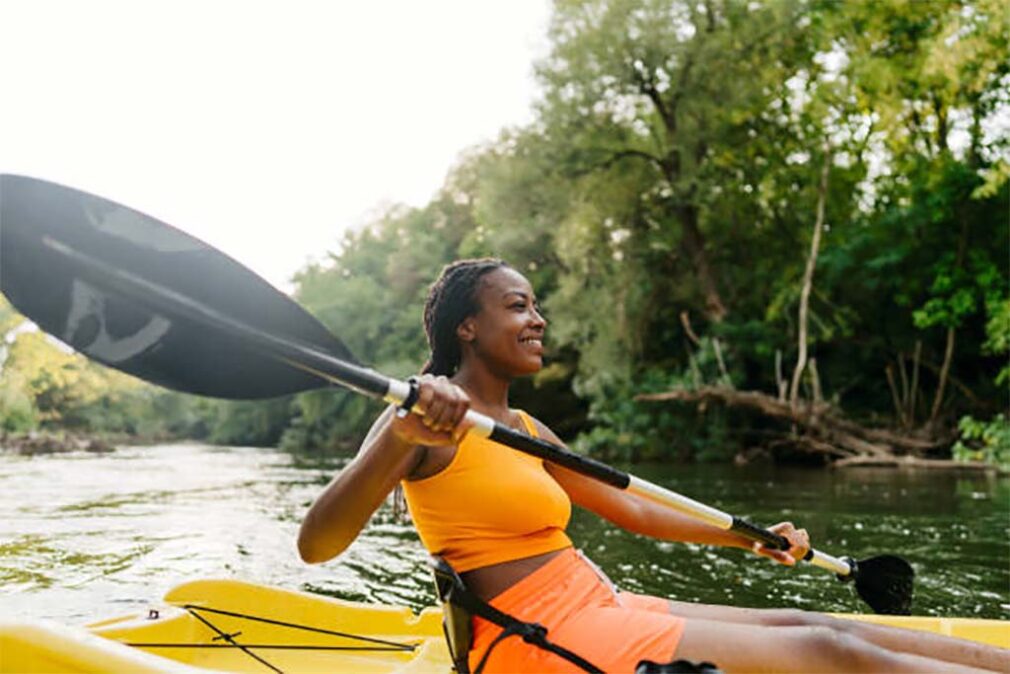
Importance of Knowing Water Conditions
Water conditions play a significant role in canoe stability. Strong currents, waves, or wind can destabilize a canoe, leading to unexpected flips. Familiarizing yourself with the water conditions of your planned canoeing location and adapting your techniques to suit those conditions is essential for safety. Insight into factors such as tide changes, river flow, and underwater obstacles can dramatically improve your ability to navigate safely. Avoiding rough waters if you’re inexperienced and constantly staying updated with weather forecasts and local advisories will further minimize risks. Joining local canoeing communities can provide real-time information and support regarding water conditions in various locations.
Choosing the Right Canoe and Equipment
Selecting the proper canoe and equipment is not only essential for a safe canoeing experience but also critical for maintaining stability. Consideration of factors like canoe size, design, material, and suitability for specific water types helps ensure a balanced and enjoyable ride. Your skill level and the water types you intend to navigate should inform your canoe selection. Additional equipment such as safety gear, tools like a paddle leash, spare paddle, and bilge pump, should be carefully chosen to suit your needs. Connecting with seasoned canoeists and reading product reviews can guide you in making informed decisions on equipment.
Practicing With a Partner
Canoeing with a partner can provide additional stability and control. Clear communication and coordinated movements ensure that you’re working together to maintain balance. Practicing various scenarios, like handling strong currents or winds, builds trust and a shared understanding of how to respond. Rehearsing different paddling techniques and emergency measures ensures synchronized action in any situation. This collaborative approach will greatly enhance your confidence and ability to handle unexpected conditions, making your canoeing experience safer and more enjoyable.
Emergency Measures in Case of a Flip
Despite taking all precautions, flips can happen, and knowing how to respond is crucial. Developing an emergency plan, practicing how to right the canoe, and re-entering it safely are essential skills. Practicing these techniques under supervised conditions and taking specialized rescue courses can deepen your understanding. Familiarize yourself with local rescue services and always have essential emergency contact information accessible. Being prepared for an emergency, both mentally and physically, will increase your confidence and enable you to react effectively if a flip occurs.
Conclusion
Preventing your canoe from flipping involves understanding a multitude of factors, from basic stability principles to weight distribution, paddling techniques, water conditions, equipment selection, teamwork, and emergency preparedness. It requires careful planning, continuous practice, and adherence to safety guidelines. These expanded expert tips and insights will empower you to explore the world of canoeing with increased skill, confidence, and enjoyment, making every adventure on the water a rewarding and fulfilling experience.

